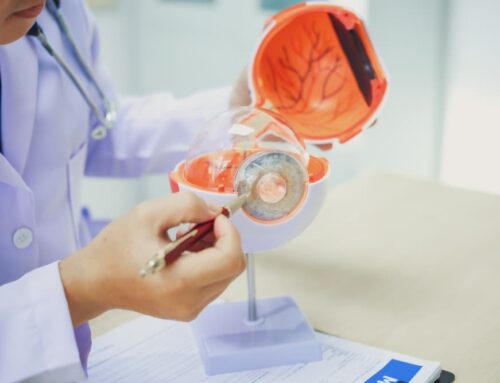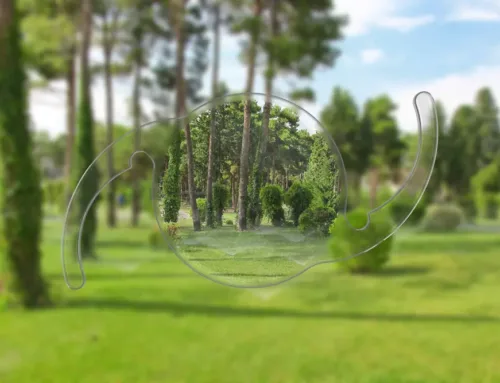During the summer months, people tend to spend more time outdoors. If you leave your sunglasses at home, it might be tempting to not worry about it. You might need to squint a little, but what’s the worst that could happen?
As it turns out, exposure to UV rays significantly increases the risk of cataracts and other eye conditions.
The American Academy of Ophthalmology and Eye Care Professionals encourages you to take special care of your eyes and keep them safe from the sun with things like with 100% UV-blocking sunglasses and broad-brimmed hats.
What is a cataract?
A cataract is a common eye condition in which the natural lens of the eye becomes cloudy, leading to blurry vision, light sensitivity, and difficulty seeing at night.
Risk factors for developing a cataract include:
- Older age
- Family history of cataracts
- Previous eye injury, surgery, or radiation treatments on the upper body
- Using certain medications, e.g., corticosteroids
- Other health issues, e.g., diabetes
- Exposure to UV rays, particularly without sunglasses
Although many of us think of cataracts as having obvious symptoms, sometimes they can develop slowly. For this reason, it’s important to have regular comprehensive eye examinations, particularly as you get older. It is also important to do simple things like wear 100% UV blocking sunglasses when you are outside, especially in the summer months. Cataracts can only be treated through surgery.
How can keep my eyes safe from UV rays this summer?
This summer, take special care to avoid harming your eyes by wearing wrap-around sunglasses that block 100% of UV rays. You may also want to wear a wide-brimmed hat.
There are three different types of UV rays:
- UVA rays can pass through the cornea, damaging the eye’s lens and retina. Overexposure to UVA radiation has been linked to the development of cataracts as well as macular degeneration.
- UVB rays are mostly filtered by the ozone layer, but can still travel down to reach your eyes. UVB rays have been linked to snow blindness and surfer’s eye.
- UVC rays are the most dangerous type of UV radiation, but they’re almost exclusively blocked by the ozone layer.
The strength of these UV rays varies depending on time of day, geographic location, and altitude. Be sure to check your local weather report before going outside; most reports will offer insights into current UV levels.
Worried about keeping your eyes safe this summer? Contact Eye Care Professionals for more information about how to protect your vision from common eye diseases.











